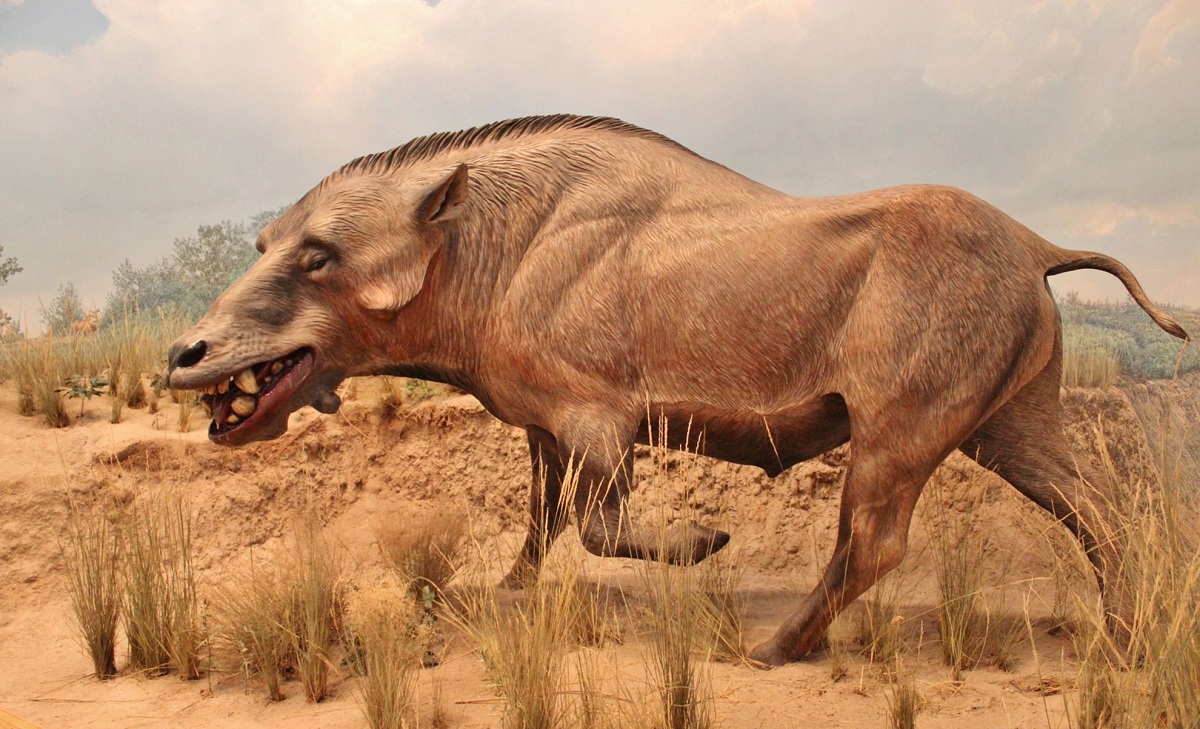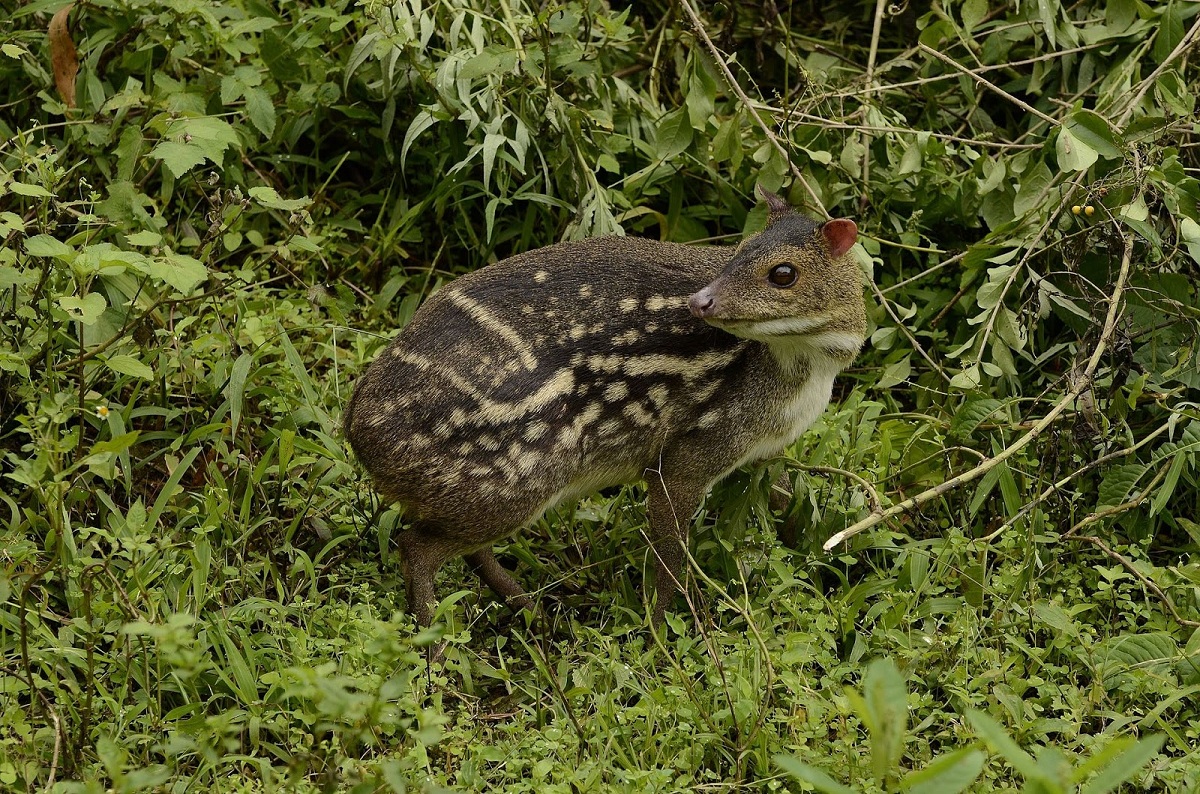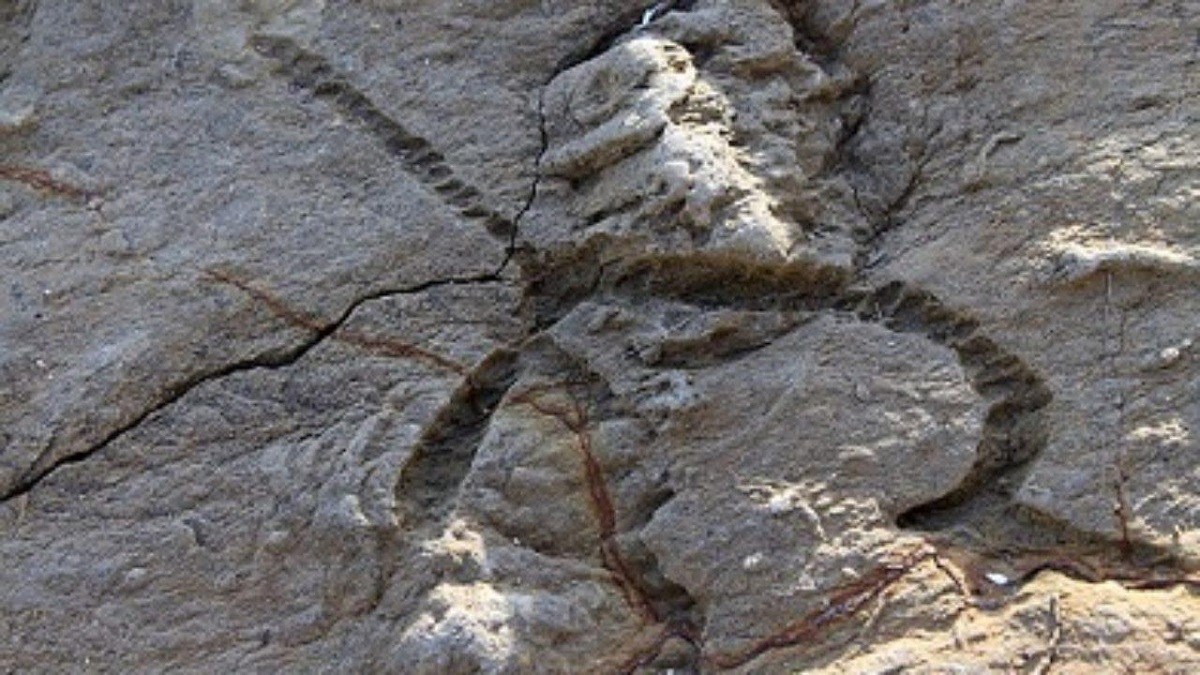
La Oligocene epoch was the third and last of the eras that formed the Paleogene period of the era of Cenozoic. It is a period of time in which the planet experienced or noticeable changes at the level of living beings and geology. The Oligocene fauna It was able to thrive thanks to a fundamental change in the climate that created ideal conditions for animals and plants to proliferate.
In this article we are going to tell you about all the characteristics and evolution of the Oligocene fauna.
Oligocene epoch

This era began approximately about 34 million years and ended about 23 million years ago. Throughout this time the planet underwent noticeable changes. The climate played a fundamental role in the development of flora and fauna. These changes in the planet caused that the animals had to redistribute themselves throughout the planet.
The Oligocene has been a time that has fascinated specialists in the study of geological time since they have dedicated enough time and effort to elucidate the most hidden aspects. The Oligocene duration is approximately 11 million years and, during this time, the movements of the tectonic plates continued, reaching positions similar to those they have today.
The Oligocene fauna is famous for being known as the age of mammals. And it is that the group of mammals was the one that experienced the greatest diversification and variety during this time. Thanks to the development and extension of animals, well-known subdivisions such as rodents and canids could be created. What stands out the most from the geology of this time is the Laramide orogeny and the Alpine orogeny.
As for the climate, the conditions that characterized this period were quite extreme. It was characterized by very low temperatures in which the poles remained covered with ice. Some ecosystems were modified by the decrease in global temperature. Let's analyze life better.
Flora
The Oligocene flora is characterized mainly by the coniferous forests that predominated together with the deciduous forests. These forests are prepared to be able to survive low temperatures. Angiosperms began to spread to a large number of habitats, getting to have a great domain.
Due to the cold climate, a decrease in tropical forests was observed, which were replaced by herbaceous plants and grasslands. Various types of plants had to face the action of grazing animals that feed on them. Let's analyze what these animals are.
Oligocene fauna

The Oligocene fauna is characterized by having many groups of animals that managed to diversify and prosper despite the climatic conditions in which they were found. In these more diversified groups of animals we find birds, reptiles and mammals. Some scientists call the Oligocene fauna the age of mammals. It is about the time of the Cenozoic era what else could proliferate in terms of mammals.
A large number of new species of mammals appeared, among which we have rodents, canids, primates and cetaceans. We are going to analyze each one of them.
Rodents
Within the order of rodents we find a more abundant group of mammals that developed during the Oligocene fauna. Its characteristic that helped distinguish them from the rest were the very sharp incisor teeth with multiple uses. One of them is to bite predators or gnaw on wood. The best known Oligocene family of rodents was the Eomyidae. They were similar to today's squirrels but with a smaller body and arboreal habits.
Primates
They are a group of mammals that are characterized by having five fingers on their limbs. One of the main advantages of these primates over other mammals is the opposable thumb. In addition, they have plantigrade feet that allow the entire sole of the foot to be supported to move. Its tooth pattern is generalized and not very specialized. The primates that can be observed more frequently at this time were the lemur and the tarsier.
The tarsier is a cousin of with a small size of approximately 10 centimeters. Their main characteristics are that they have large eyes that allow them to adapt their vision in the dark. They are fully dieted on the viper and spend their most time suspended in the branches of trees.
On the other hand, the lemur is a primate that can vary in size depending on the subspecies. One of the characteristics that stands out is its long tail. This tail is often longer than the full body. Their eyes are large and it allows them to see the dark. They do not distinguish colors well although they can distinguish shapes.
Oligocene fauna: canids

Within the canids they belong to the group of wolves and dogs. Its main characteristic is having a medium-sized body and walking supported on the tips of the fingers. They are carnivorous food and many of them are predators. They appeared in the Eocene and later diversified.
Cetaceans
The group of mammals that has been able to adapt the most to marine life. Its main characteristics are its forelimbs modified to be able to become fins. Their hind flippers have disappeared over time. Their respiration is pulmonary, so they must frequently rise to the surface to take in the air.
During the Oligocene fauna one of the largest land mammals developed. It is known as the Paraceratherium. It had the approximate measurements of almost 8 meters high and 7 meters long. They were herbivorous animals with a very well developed sense of smell. It was not sociable at all, but they had a lonely lifestyle. Apparently they were fighting each other, clashing their heads and had them protected by bones of the skull much thicker than normal.
I hope that with this information you can learn more about the Oligocene fauna.